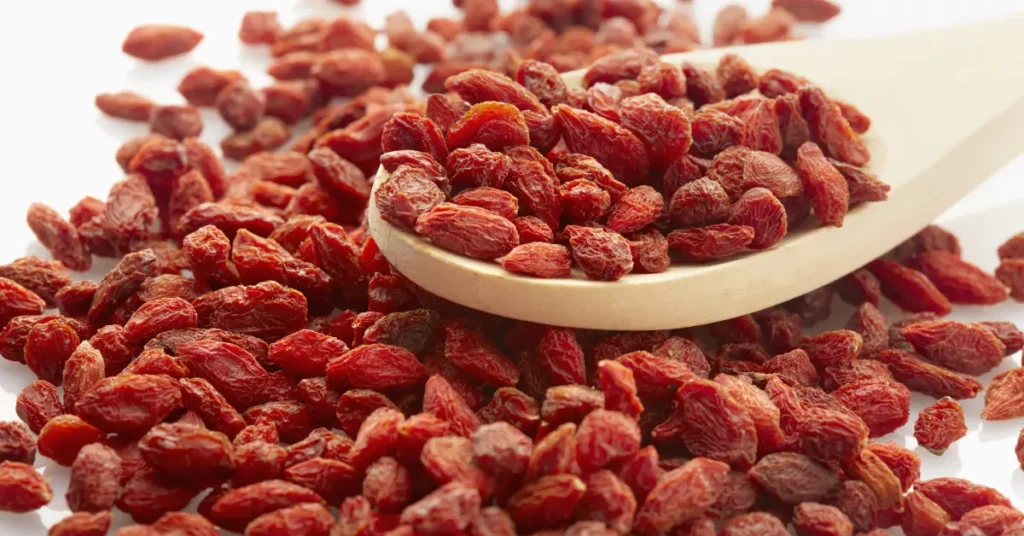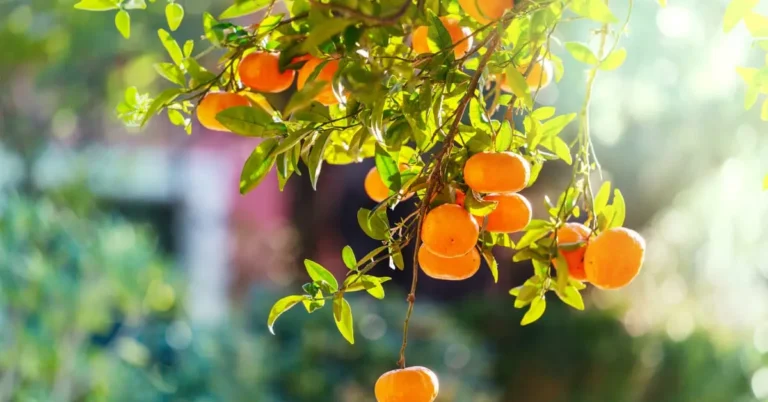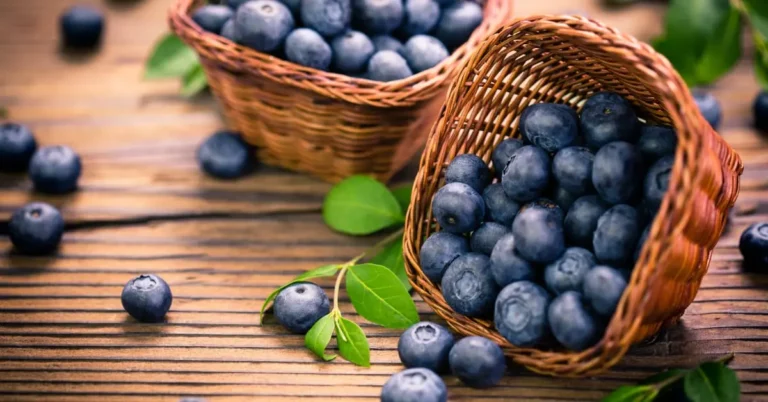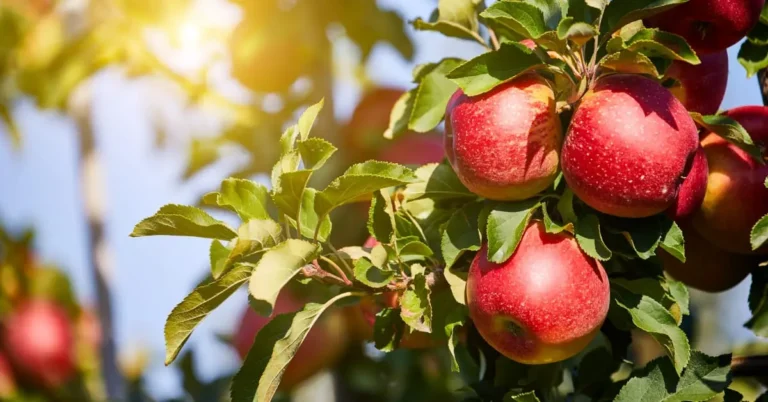16 Popular Fruits That Start with W
Fruits are an essential part of a healthy and balanced diet. They are loaded with vitamins, minerals, and antioxidants for maintaining good overall health. While we are all familiar with popular fruits like apples, bananas, and oranges, some lesser-known fruits start with W. These fruits provide a unique and delicious addition to our diet and offer various health benefits. This article will explore more than 15 fruits that start with W, their nutritional values, and their benefits.
16 Fruits That Start With W:
Here’s a list of fruits that start with W.
1. Watermelon
Watermelon is a popular fruit known for its distinct shape, vibrant color, and refreshingly sweet taste. It is an excellent source of vitamins A and C and lycopene, an antioxidant known for its anti-inflammatory properties. The high water content in watermelon also makes it an ideal fruit to consume during hot summers, as it helps keep the body hydrated. This delicious fruit can be enjoyed as a midday snack, added to fruit salads, or used in smoothies.
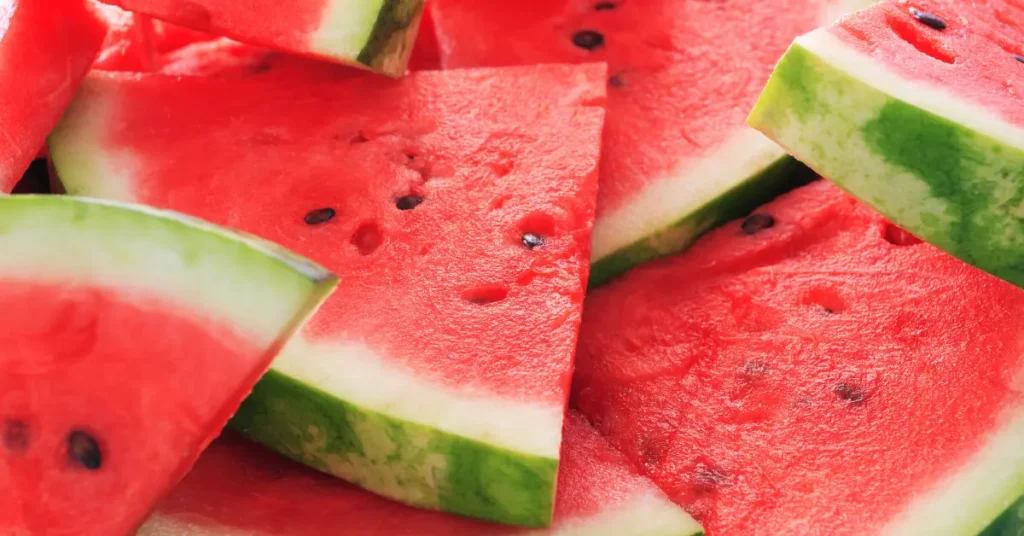
2. Walnut
Walnuts are a type of tree nut that is packed with essential nutrients. They are an excellent source of healthy fats, including omega-3 fatty acids, which benefit heart health. Walnuts also contain antioxidants, minerals like magnesium and potassium, and vitamins like vitamin E. They can be eaten plain as a snack, added to salads and baked goods, or used to make walnut butter.
3. White Mulberry
White mulberry is a sweet and juicy fruit that is native to China. It comes from a mulberry tree, and the berries range from white to purple. They are an excellent source of vitamins C and K and minerals like iron and calcium. White mulberries have a high concentration of antioxidants, which help reduce oxidative stress and may also have anti-inflammatory effects. This fruit can be eaten raw, dried, or made for jams and jellies.
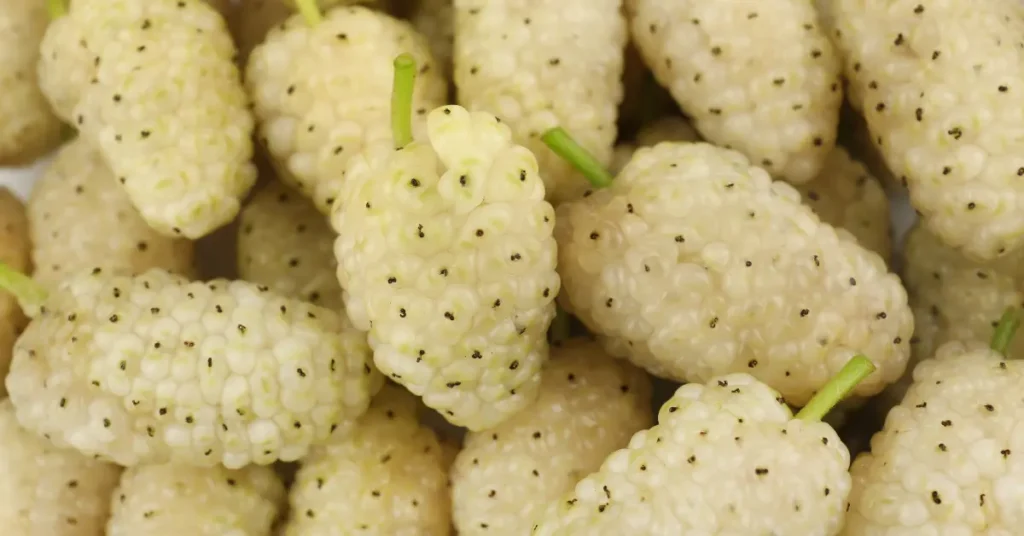
4. Wild Strawberries
Wild strawberries are the smaller, wild cousins of the popular strawberry we are all familiar with. These tiny berries are packed with flavor and have a slightly tart taste. They are a rich source of vitamin C and are also loaded with antioxidants. Wild strawberries are often found in forests and are used to make jams, jellies, and pies. They can also be enjoyed fresh as a healthy snack.
5. Wax Jambu
Wax jambu is an exotic fruit that is native to Southeast Asia. It is also known as a rose apple due to its distinct shape and aroma. This fruit contains vitamins and minerals like iron, calcium, and phosphorous. Wax jambu is also high in dietary fiber and is believed to have anti-diabetic effects. The fruit has a crisp and juicy texture, similar to an apple, and can be consumed raw, used in salads, or made into juice and jam.
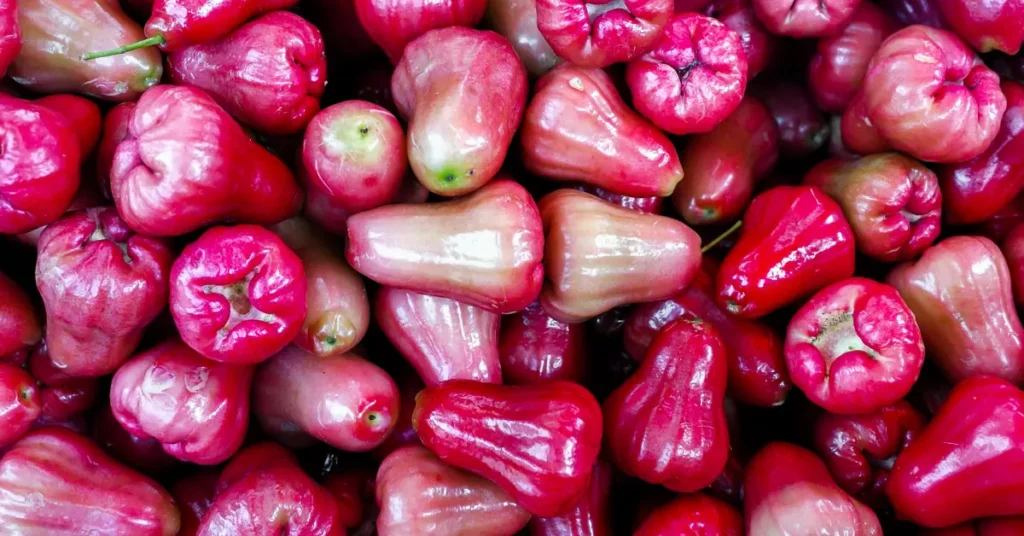
6. White Sapote
White sapote is a sweet and creamy fruit native to Central America. It has a custard-like texture and unique flavor, often described as a combination of banana, peach, and vanilla. White sapote is a rich source of vitamins A and C and contains minerals like potassium and calcium. This fruit is commonly used in smoothies, shakes, and desserts like ice cream and custard.
7. Witch’s Butter
Witch’s butter is a bright yellow fruit native to North America. It has a gelatinous texture and is often used as a natural dye. This fruit contains vitamins A, C, and D and minerals like zinc, phosphorus, and potassium. Witch’s butter has long been used in traditional medicine for its anti-inflammatory and immune-boosting properties. However, it is not commonly consumed as food due to its slimy texture.
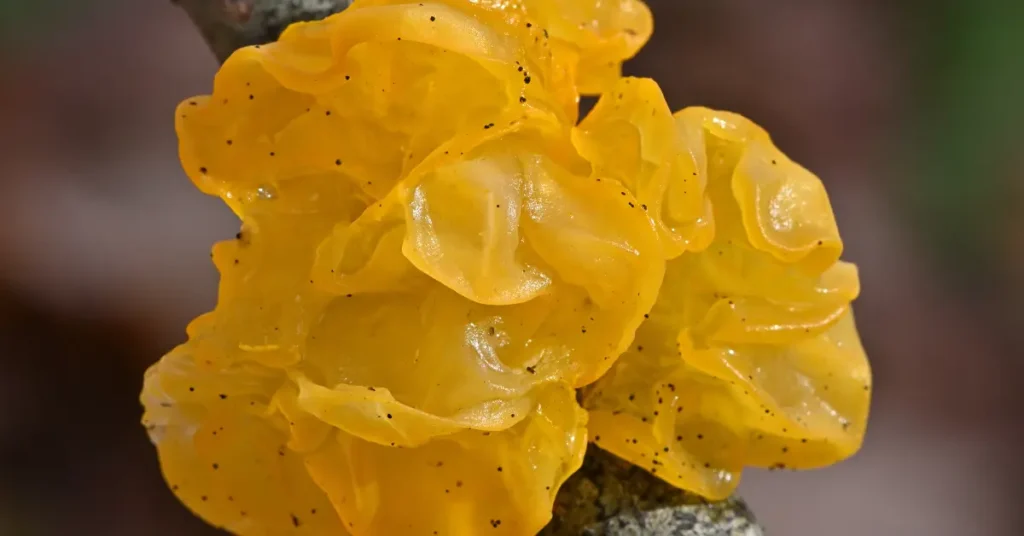
8. White Currant
White currant is a small, delicate fruit in the same family as blackcurrant and gooseberry. It is high in vitamin C, antioxidants, and dietary fiber. White currants taste slightly tart and are often used in baked goods, jams, and sauces. They can also be enjoyed as a healthy snack or added to fruit salads.
9. Wampee
Wampee is a rare and exotic fruit that is native to China. It is a small, plum-like fruit with bumpy skin and a juicy, tangy taste. Wampee has a sweet aroma and is a good source of vitamins A and C and dietary fiber. The fruit is commonly used in traditional medicine for its anti-inflammatory effects and may have potential anti-cancer properties. It can be eaten fresh or used in jams and jellies.
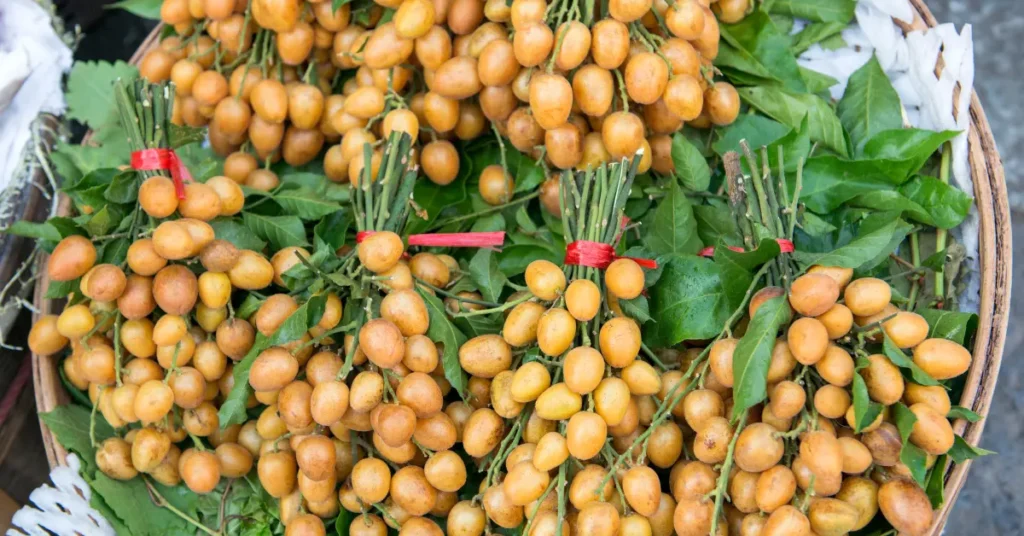
10. White Bryony
White bryony is a wild vine that produces small, dark red berries. The berries are poisonous and should not be consumed. However, the fruits are used as a natural dye and are believed to have medicinal properties. White bryony has long been used in traditional medicine for its anti-inflammatory and diuretic effects. However, it is essential to note that the plant is poisonous and should not be consumed in any form.
11. Wineberry
Wineberry is a type of raspberry that has a tart and tangy flavor. It is native to Asia but has become naturalized in many parts of the world, including the United States. Wineberries are rich in vitamins A and C and contain iron, calcium, and phosphorous minerals. This fruit is often used in jams, jellies, and sauces or enjoyed fresh as a snack. The deep red color of wineberries makes them an excellent addition to fruit salads and smoothies.
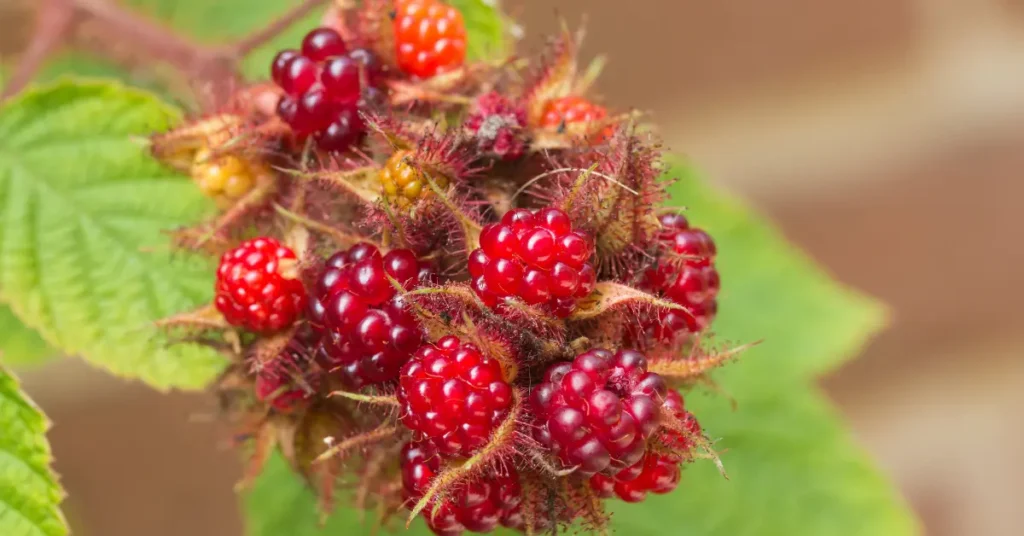
12. Wild Cucumber
Wild cucumber is a type of squash that is native to North America. The fruit has a long and skinny shape, with bumpy skin and a bright green color. The plant is considered invasive and produces toxic fruits that should not be eaten. However, wild cucumber seeds are edible and often dried and roasted. They have a nutty buttery flavor and can be used as a topping for salads and soups.
13. Wood Apple
Wood apple, also known as bael fruit, is a tropical fruit popular in South and Southeast Asia. The fruit has a rugged, woody shell and a soft, fibrous pulp. It is rich in vitamins A, B, and C and minerals like calcium, magnesium, and potassium. Wood apple is believed to have several health benefits, including aiding digestion and improving metabolism. The fruit can be eaten fresh or used in juices, jams, and chutneys.
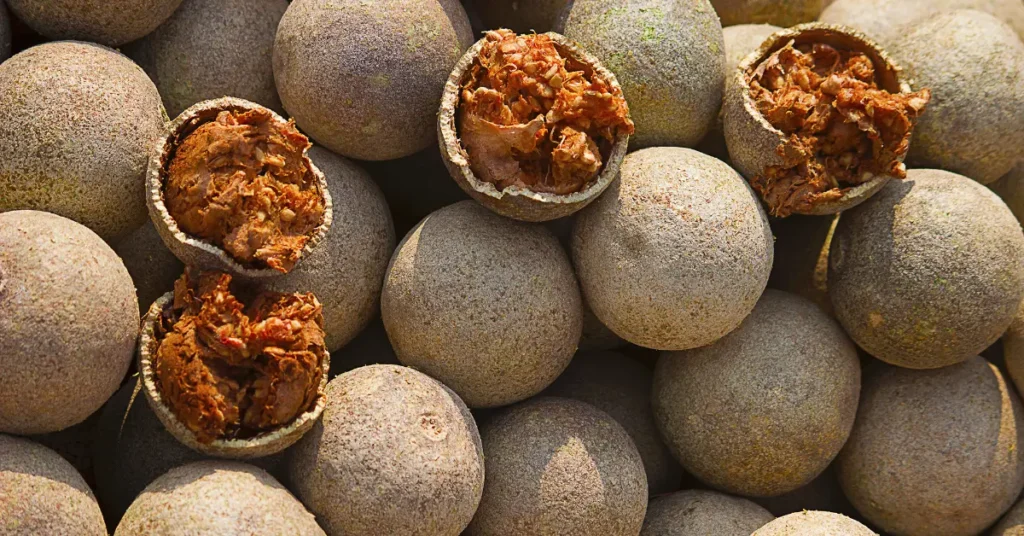
14. Wax Apple
Wax apple, also known as bell fruit, is a tropical fruit widely grown in Southeast Asia and some parts of Africa. It has a pear-like shape and thin, waxy skin in shades of red, green, or yellow. The fruit contains vitamins A and C, potassium, and dietary fiber. Wax apples have a crispy texture and a mild, sweet taste. They can be eaten raw or used in juices, salads, and desserts.
15. Wild White Cherry
Wild white cherry, also known as cornelian cherry, is a small tree producing cherry-like fruits. The fruits contain vitamins C and E and minerals like iron, potassium, and manganese. Wild white cherry is believed to have many health benefits, including improving blood circulation and boosting the immune system. The fruit has a slightly tart taste and is often used to make jams, syrups, and liqueurs.
16. Wolfberry
Wolfberry, also known as goji berry, is a small, bright red fruit native to China. It is rich in antioxidants, vitamins A and C, and minerals like iron and copper. Wolfberry is believed to have various health benefits, such as improving eye health and boosting the immune system. The fruit has a mildly sweet taste and is often eaten dried or used in teas and supplements.
